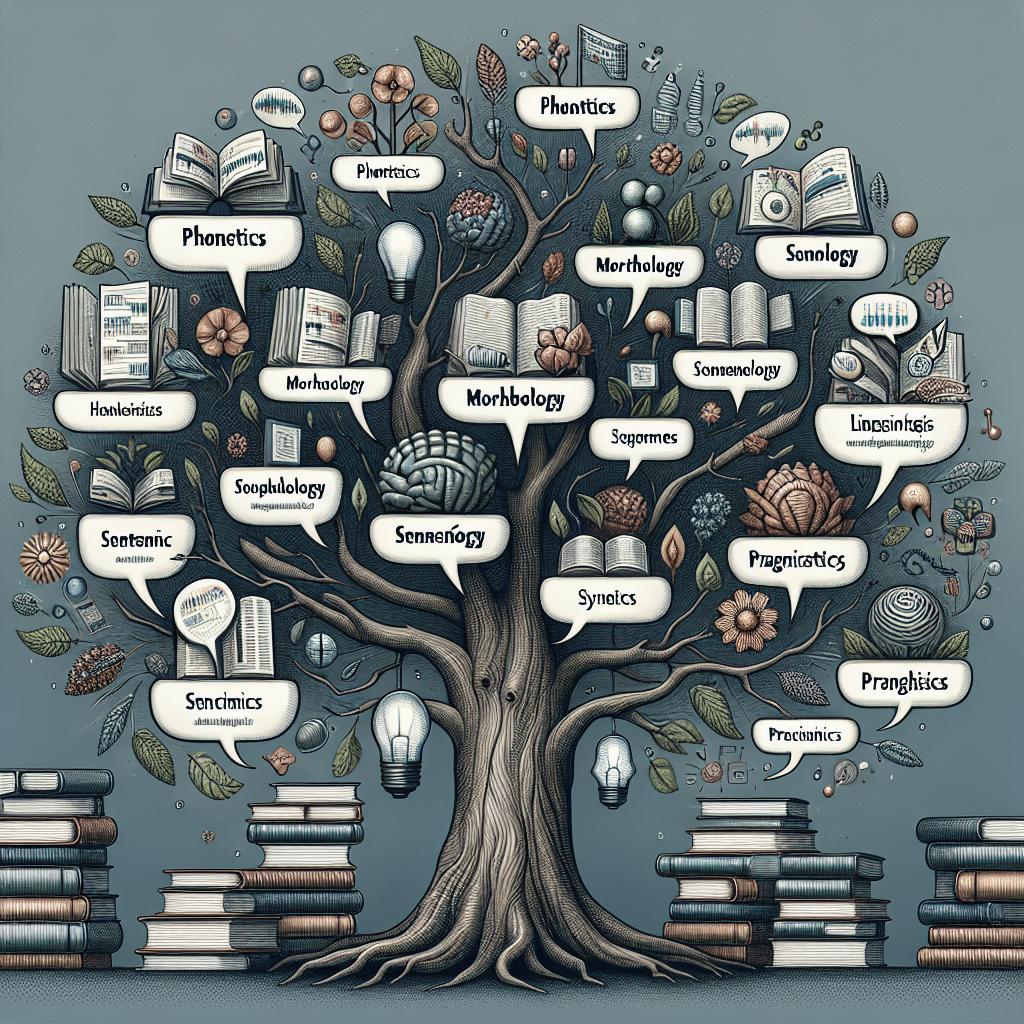<>
— LANGUAGE EXPLAINED: METHODS OF LINGUISTIC FIELDWORK Fieldwork is the cornerstone of linguistic research, providing invaluable insights into the world’s diverse languages. As the quest to document, analyze, and preserve languages continues, different methodologies have evolved to ensure comprehensive and accurate data collection. This blog post will explore the various methods of linguistic fieldwork, highlighting their significance in understanding language structures, usage, and evolution. We’ll delve into key approaches such as participant observation, elicitation methods, recording techniques, and analysis strategies. By the end, you will have a clear picture of how linguists operate in the field to capture the essence of human language. — ###
PARTICIPANT OBSERVATION
Participant observation is one of the most immersive methods in linguistic fieldwork. This approach involves linguists living among the speaker community and engaging in their daily activities. By participating in the community’s life, researchers can observe natural language use in everyday contexts. This continuous interaction provides rich, qualitative data on linguistic habits, cultural norms, and social dynamics. Through participant observation, researchers can gain deeper insights into language pragmatics and nuances. They can also build trust and rapport with the community, which is essential for obtaining more authentic and unguarded language samples. This method, however, requires significant time investment and cultural sensitivity. Linguists must be adept at balancing their roles as both insiders and outsiders within the community to minimize their influence on natural language behaviors. ###
ELICITATION METHODS
Elicitation is a fundamental technique in linguistic fieldwork aimed at generating specific language data. This method involves structured interactions where linguists prompt native speakers to produce particular language forms. Researchers may use questionnaires, word lists, or storytelling tasks to elicit the desired linguistic elements. One common form of elicitation is using semantic fieldwork, where researchers ask questions to identify word meanings and their contextual usage. This can uncover unique cultural concepts embedded in the language. Additionally, syntactic elicitation helps in understanding sentence structures by prompting speakers to translate sentences or describe pictures. Despite its structured nature, elicitation must be adapted to each language community, ensuring the prompts are culturally relevant and comprehensible. ###
RECORDING TECHNIQUES
Recording techniques are critical in capturing the spoken language accurately. Modern technology has transformed linguistic fieldwork, making it easier to collect high-quality audio and video recordings. These recordings allow linguists to analyze phonetic details, such as intonation, rhythm, and stress, which are difficult to capture through writing alone. The use of digital recorders, smartphones, and specialized software ensures that data is preserved for future analysis. Additionally, video recordings provide contextual information by capturing non-verbal cues and the environment in which the conversations occur. However, obtaining high-quality recordings requires technical proficiency and considerations regarding consent and ethical practices to protect the privacy of the participants. ###
ANALYSIS STRATEGIES
Analyzing the collected linguistic data is a meticulous process that involves various techniques and tools. Transcription is the first step, converting spoken language into written form while noting non-verbal elements such as pauses and gestures. This process can be labor-intensive but is crucial for detailed linguistic analysis. Software tools like ELAN and Praat assist in aligning transcriptions with audio or video recordings, facilitating phonetic and morphological analysis. Once the data is transcribed, linguists can use computational methods to identify patterns and correlations within the language. Corpus analysis, for instance, allows researchers to analyze frequency and context of language usage extensively. By combining qualitative and quantitative methods, linguists can derive comprehensive insights from their field data. ###
NEXT STEPS
To effectively capture the essence of a language, researchers must employ a variety of methodological approaches. Each method offers unique perspectives and complements the others to create a holistic understanding of the language. Participant observation provides context, elicitation focuses on specific elements, recording captures authenticity, and analysis translates data into knowledge. Aspiring linguists should strive to master these methods, staying updated with technological advancements and ethical practices to ensure their fieldwork’s success. —
| Method | Description | Advantages | Challenges |
|---|---|---|---|
| Participant Observation | Engaging with and observing the community’s daily activities | In-depth insights, builds rapport | Time-consuming, requires cultural sensitivity |
| Elicitation Methods | Structured prompts to generate specific language data | Focused data collection, adaptable | Needs culturally relevant prompts |
| Recording Techniques | Using audio and video to capture spoken language | High-quality data, includes phonetic details | Technical skill required, ethical considerations |
| Analysis Strategies | Transcription and computational tools to analyze data | Detailed analysis, identifies patterns | Labor-intensive, requires software proficiency |
— By mastering these methods, aspiring linguists can contribute meaningful knowledge to the field, ensuring the diversity of human languages is captured and preserved for future generations. —


